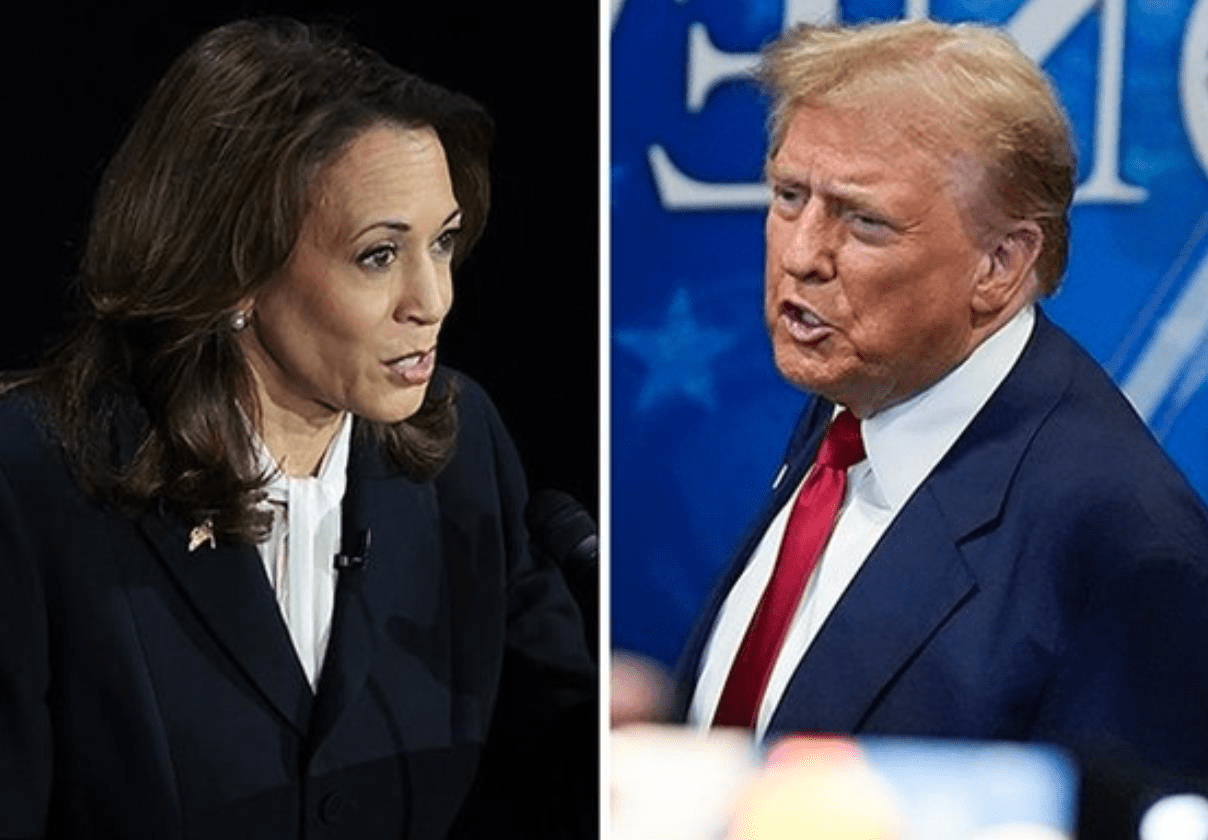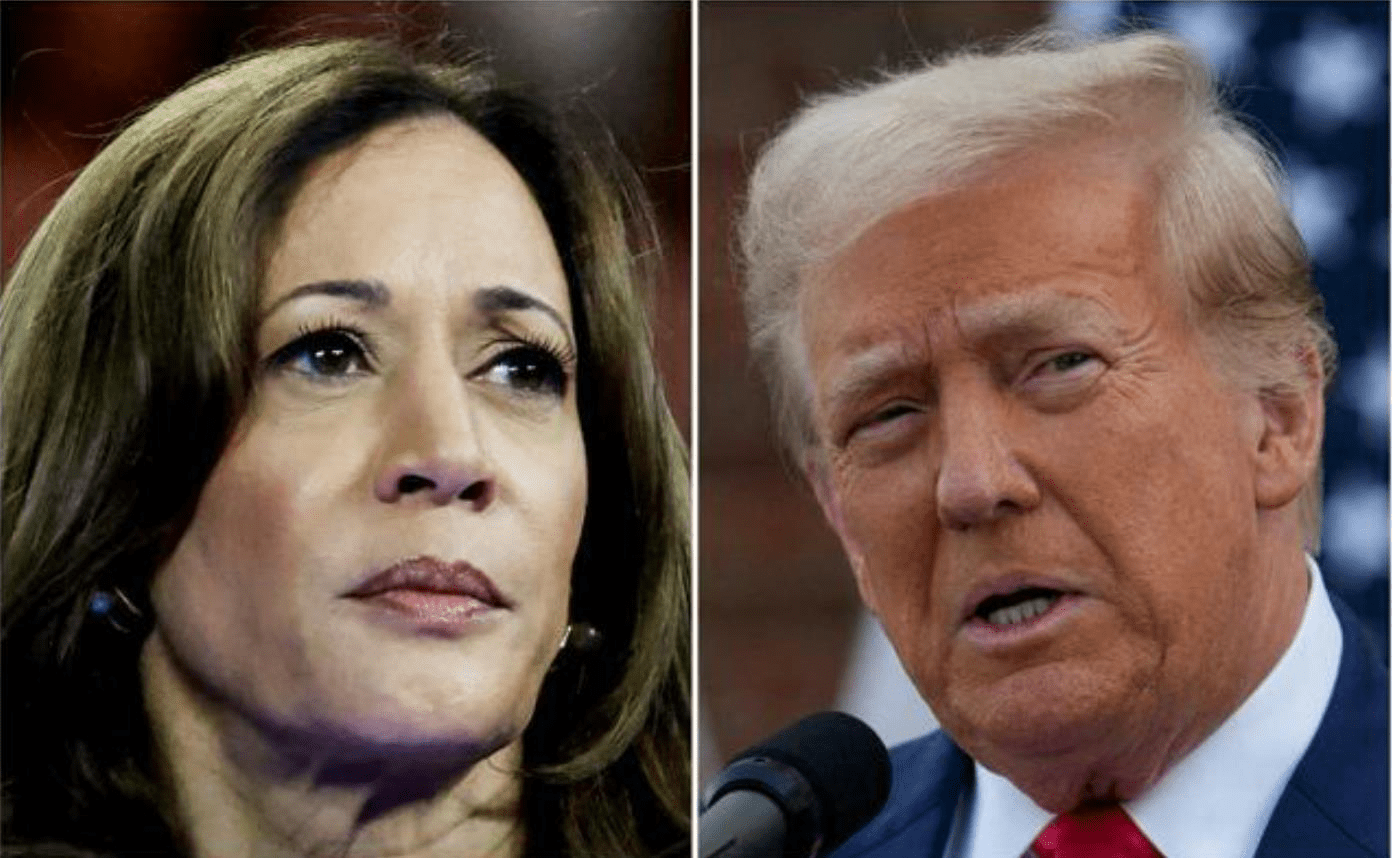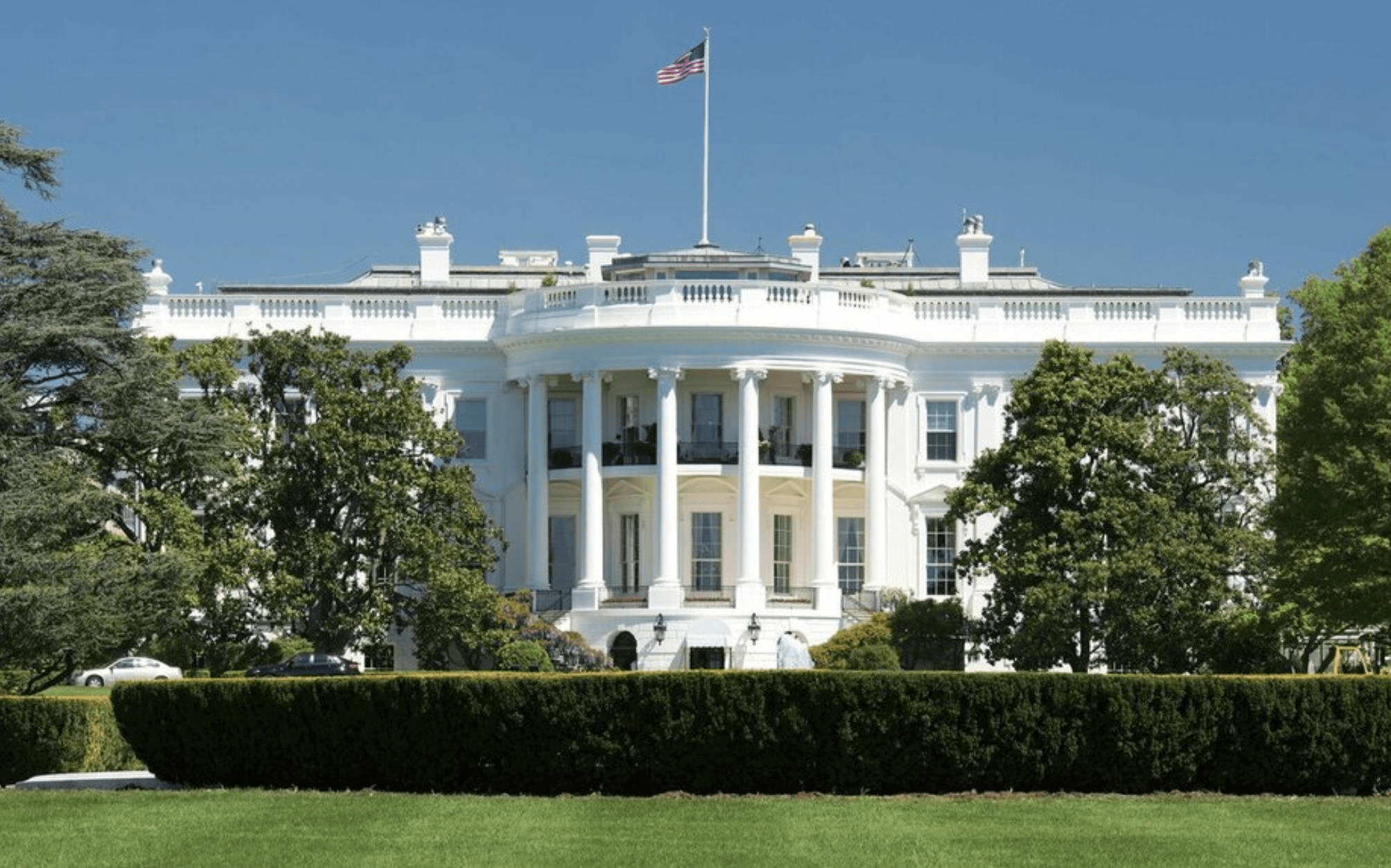There is still a month left before the US election on November 5, but Harris's "honeymoon period" after taking over from the aging Biden as the Democratic presidential candidate in August has passed.
The number of die-hard supporters in the Trump camp remains around 40%. The recent public opinion support rates of the two candidates are not much different. Harris is only ahead by two percentage points most of the time. The support rates in the seven fiercely contested swing states are even closer, and it is really difficult to predict who will win at the last moment. At this moment, the discussion and prediction of two key numbers in the US political circle have begun to appear - one is whether the voter turnout in the US election will break the 60% watershed. The other is whether Trump's support rate can exceed the critical point of 47%.

The so-called 60% voter turnout watershed is not groundless. It is a result proven by the general elections eight years ago and four years ago.
In the 2016 election, Democratic candidate Hillary Clinton had an advantage of about 5% in the national approval rating survey one month before the election (October), and was considered likely to be elected. However, the final voter turnout was only 55.7%, and Hillary failed to get more than half of the electoral votes. On the contrary, in the 2020 election, thanks to mail-in voting and record-breaking early voting, the final voter turnout reached 66.9%, setting a record since the establishment of the universal suffrage system in 1920, and Biden was elected. Compared with Biden's 81.28 million votes, Trump received approximately 74.22 million votes in the 2020 election, far higher than the total votes of approximately 62.97 million when he was elected in 2016, but he ultimately lost. Many Democrats believe that the voter turnout this time will exceed 60%, and the higher the figure, the higher the chances of Harris' victory.

The claim that Trump's approval rating exceeds 47% is also well-founded.
Trump's approval rating has failed to cross the 47% approval rating barrier in the past two elections. Trump received 45.93% and 46.80% approval ratings in the 2016 and 2020 elections, respectively. His strengths are his die-hard fans and highly loyal support, but he is at a disadvantage in expanding to other voters such as the middle class. If Trump can get more than 46% of the votes this time, his chances of winning will increase significantly. Republican camp consultant Frezia recently said, "Trump's approval rating has recently been 47% to 49%," and believed that "this is a reason to expect Trump to win easily." There is another factor that is relatively favorable to Trump. Some analysts believe that, based on convention, Trump's actual vote rate will be 2 to 3 percentage points higher than his approval rating in public opinion polls, and there is a variable called "invisible Trump votes."

We should also pay special attention to the challenge of "October sudden changes". In addition to the trends of the key figures of 60% and 47%,
The US presidential election is held every four years on the first Tuesday of November. Often, less than a month before voting day, a major incident will occur to shake the election campaign, which is the so-called "October surprise." In 2016, one month before the election, Trump's obscene conversation video was made public, which almost ended the "presidential election", but the rally of Trump supporters reversed the result.
On the contrary, Hillary Clinton's "email scandal" continued to ferment, causing her to fall into political passivity and eventually suffer. Especially with the protracted conflict between Russia and Ukraine, whether to relax the weapons distance restrictions, how the chaos in the Middle East will unfold, and other geopolitical situations may trigger sudden changes at any time, which will have a direct impact on the psychology of voters.




